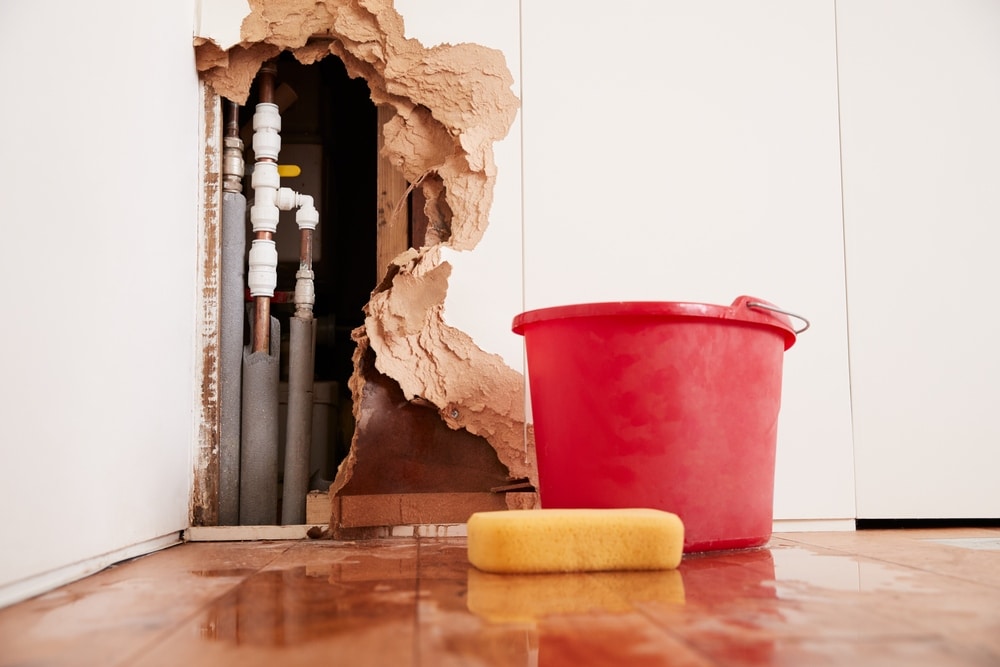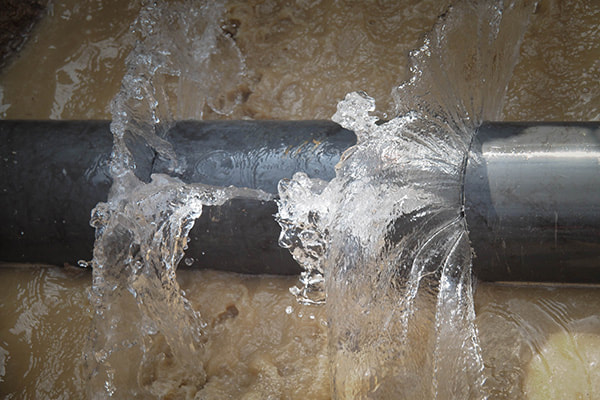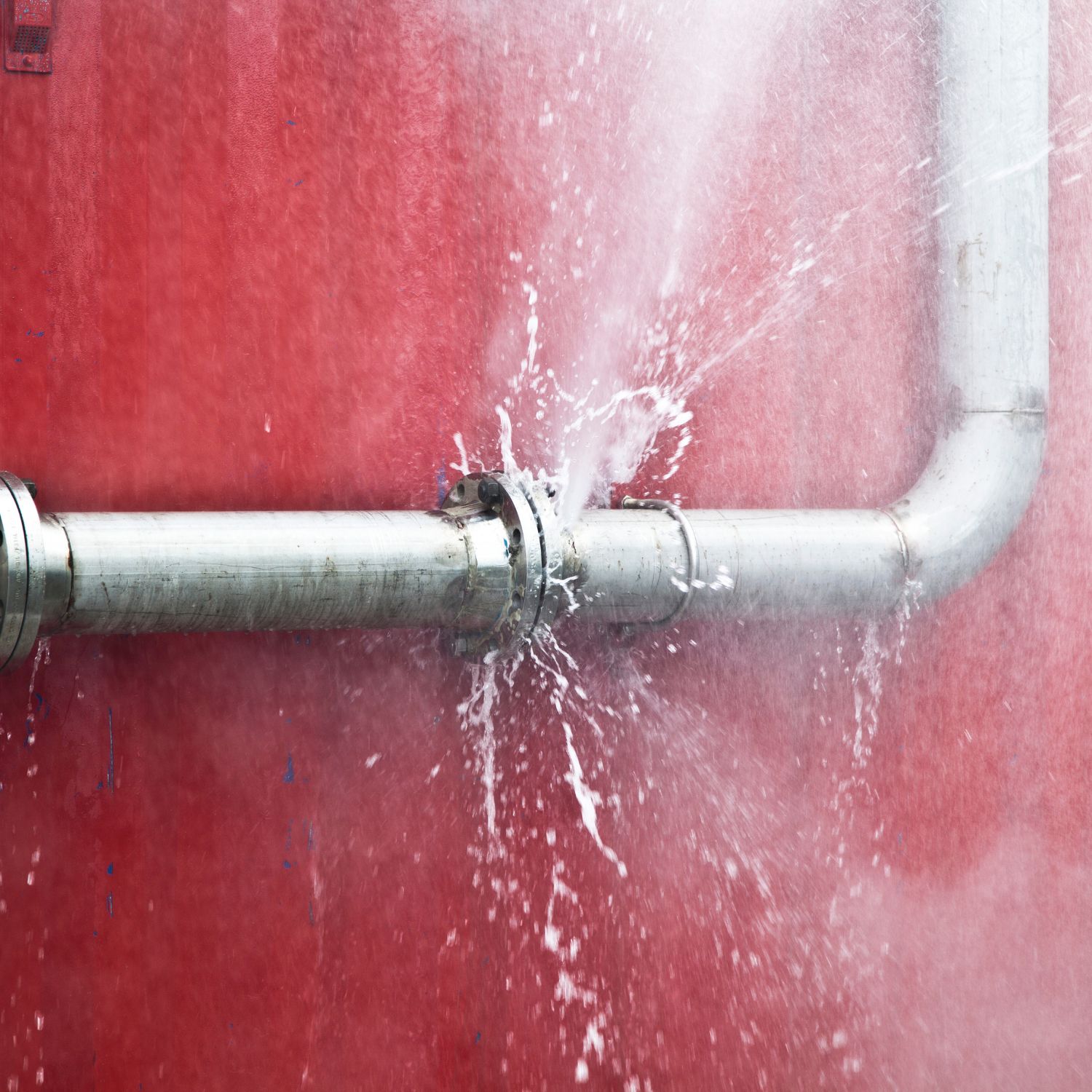How to Fix a Burst Pipe Yourself: A Step-by-Step Guide for Homeowners
How to Fix a Burst Pipe Yourself: A Step-by-Step Guide for Homeowners
Blog Article
Avoiding Burst Pipeline: Crucial Tips to Secure Your Plumbing
Protecting against burst pipes is a critical worry for home owners, especially during colder months when the danger of freezing is increased. Carrying out calculated procedures such as correct insulation, regular inspections, and keeping consistent indoor temperatures can considerably reduce the likelihood of pipeline failure.
Understand Pipe Vulnerabilities
Comprehending pipeline vulnerabilities is vital for effective pipes maintenance and protecting against costly damages. Numerous aspects add to the vulnerability of pipes to ruptureds, including material structure, age, and environmental conditions. Older pipelines, especially those made from galvanized steel or polybutylene, usually break down with time, leading to raised threat of leaks and ruptures.
Temperature changes can also substantially influence pipeline stability. In cooler climates, water entraped in pipes can ice up, applying and expanding pressure on the pipeline walls, which may ultimately bring about a ruptured. High water stress can stress pipelines, specifically at joints and bends, increasing the probability of failing.

Insulate Water Lines Appropriately
Correct insulation of pipes is crucial for stopping cold and subsequent bursts during winter (burst pipe). Shielding your plumbing system effectively safeguards against temperature goes down that can lead to expensive damages. Begin by determining susceptible locations where pipelines are subjected to outside temperatures, such as cellars, attic rooms, and outside wall surfaces
Usage foam pipe insulation sleeves or cover insulation tape around these areas to give a protective barrier. Make certain that all areas of the pipelines, particularly those with minimal warmth direct exposure, obtain adequate insulation. Pay unique focus to fittings and joints, as these are more susceptible to cold.
When protecting, it's important to select materials that meet neighborhood building ordinance and are proper for the particular environment. As an example, fiberglass insulation is typically advised for its thermal resistance residential or commercial properties - burst pipe. Furthermore, consider using warmth cords or tape in extreme conditions, which can be plugged in to give extra warm
Routinely evaluate protected pipes for any type of signs of wear or damages, as compromised insulation can reduce its effectiveness. By taking these aggressive actions, you substantially decrease the threat of pipe ruptureds, making sure a reliable pipes system throughout the cold weather.
Maintain Regular Temperature
A secure interior temperature is vital for protecting against burst pipes during the icy months. When temperature levels drop, water within pipes can freeze, creating and increasing stress that might ultimately cause the pipes to burst. To alleviate this threat, homeowners should maintain a constant temperature level throughout their home, ideally no lower than 55 ° F(13 ° C)Utilizing a programmable thermostat can aid manage indoor temperatures successfully, making sure that areas with pipes stay cozy even when your home is vacant. Pay unique attention to areas that are extra at risk to cold, such as garages, cellars, and attic rooms. Keeping cabinet doors open under sinks can additionally permit warmer air from the home to flow around pipes.
This minor circulation of water can avoid freezing by relieving stress within the pipes. By implementing these techniques, home owners can significantly minimize the threat of pipe bursts and protect their plumbing systems against the extreme winter elements.
Consistently Check Plumbing
Normal assessments of pipes systems are vital for protecting against burst pipes and preserving general home stability. During these inspections, it is necessary to take a look at noticeable pipelines for indicators of deterioration, leakages, or wear.
Furthermore, evaluating joints and connections is crucial, as these factors are usually susceptible to leaks. Home owners must also examine water pressure levels, as too much stress can stress the plumbing system and raise the danger of pipe bursts.
Think about organizing specialist pipes inspections at the very least when a year, specifically before winter season, to ensure your system is prepared for cooler temperatures. By being positive in your strategy, you can protect your home versus the disruptive and expensive consequences of ruptured pipes.
Know Emergency Situation Treatments
Recognizing emergency situation treatments is essential for every house owner, specifically after carrying out normal pipes inspections. site web Being prepared for a pipes emergency situation can dramatically alleviate damage and conserve prices.
Next, keep necessary devices helpful. A plumbing emergency set ought to include a wrench, plunger, and towels, along with a flashlight and a pail for tiny leaks. Additionally, think about having the get in touch with information for a trusted plumber readily available, should the situation rise past your control.
If you find a leak or burst pipeline, quickly shut off the water link and alert your plumbing professional. Furthermore, record the damages with pictures for insurance coverage purposes. burst pipe. Understand the indications of potential plumbing issues, such as unusual water stress changes or damp places on wall surfaces
Inevitably, aggressive understanding and speedy action are vital in handling pipes emergency situations, ensuring your home continues to be safeguarded and decreasing possible damage.

Verdict
Finally, preventing burst pipes requires a diverse technique that consists of understanding pipe susceptabilities, correct insulation, preserving constant indoor temperatures, regular evaluations, and understanding of emergency procedures. By carrying out these necessary methods, the danger of plumbing failures can be significantly minimized, thus making sure the long life and efficiency of the plumbing system. Aggressive steps not only safeguard versus possible useful link damage but also add to overall water conservation and the protection of residential or commercial property.
In cooler climates, water entraped in pipelines can freeze, putting in and expanding pressure on the pipe wall surfaces, which may ultimately lead to a burst. When temperatures decrease, water within pipes can ice up, broadening and creating pressure that might inevitably create the pipelines to ruptured. By applying these strategies, home owners can substantially minimize the danger of pipe ruptureds and secure their pipes systems versus the rough winter months components.

Report this page